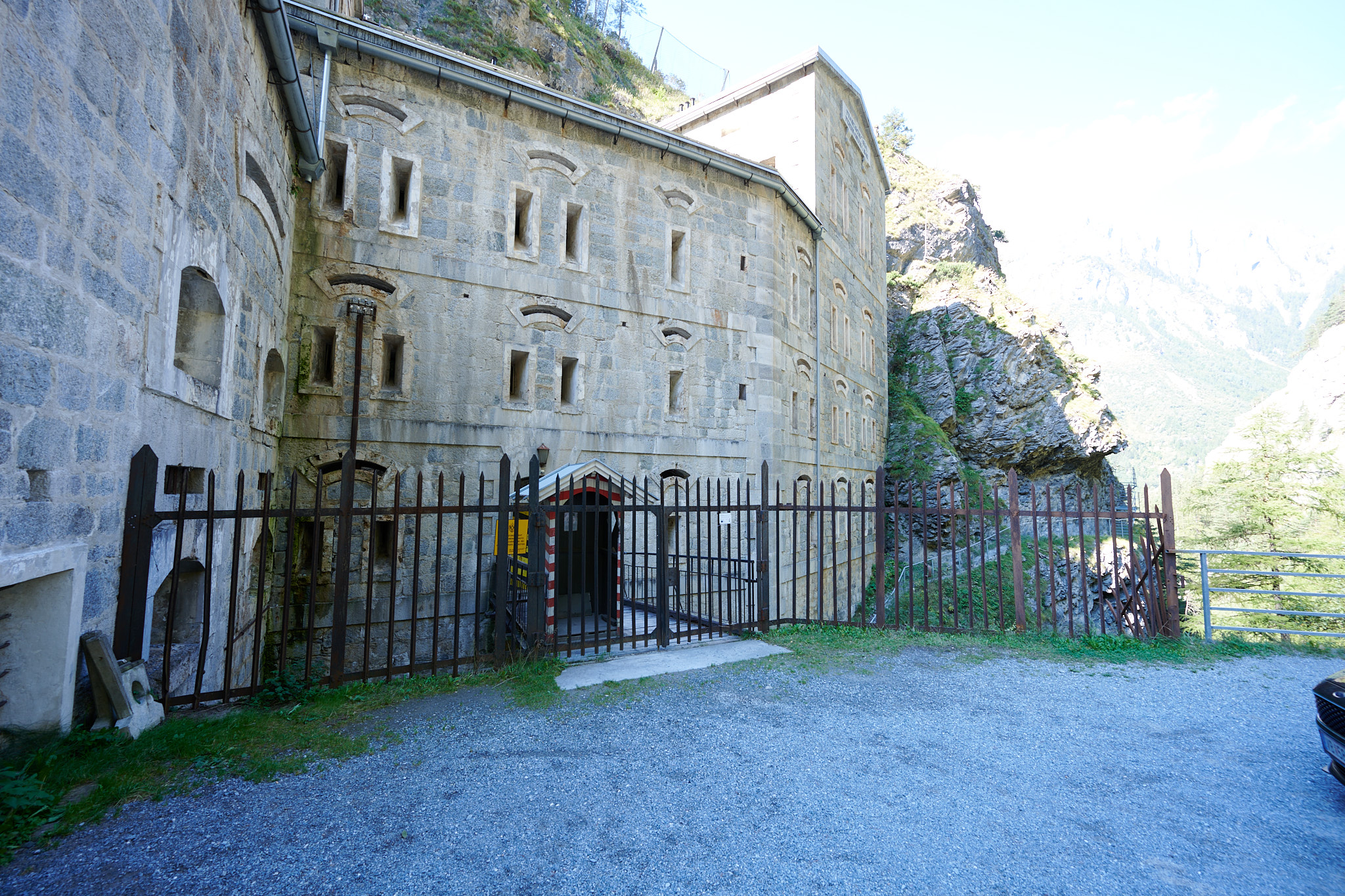You can treat the shadows separately from the highlights by getting as much light onto the sensor for those shadow elements without blowing anything in and near them in the scene.
You can in this case let the highlights clip as much as you like because they will come from a different shot in the final blended HDR image.
A typical scenario could be when you are inside a dark room with windows to the outside you need to protect. Here I would denitely ETTR the inside of the room and let the windows clip.
You then adjust the shadows' lightness in post back to what you want before blending them into the final HDR image.
Therefore, I disagree that ETTR is redundant in making HDR images.








